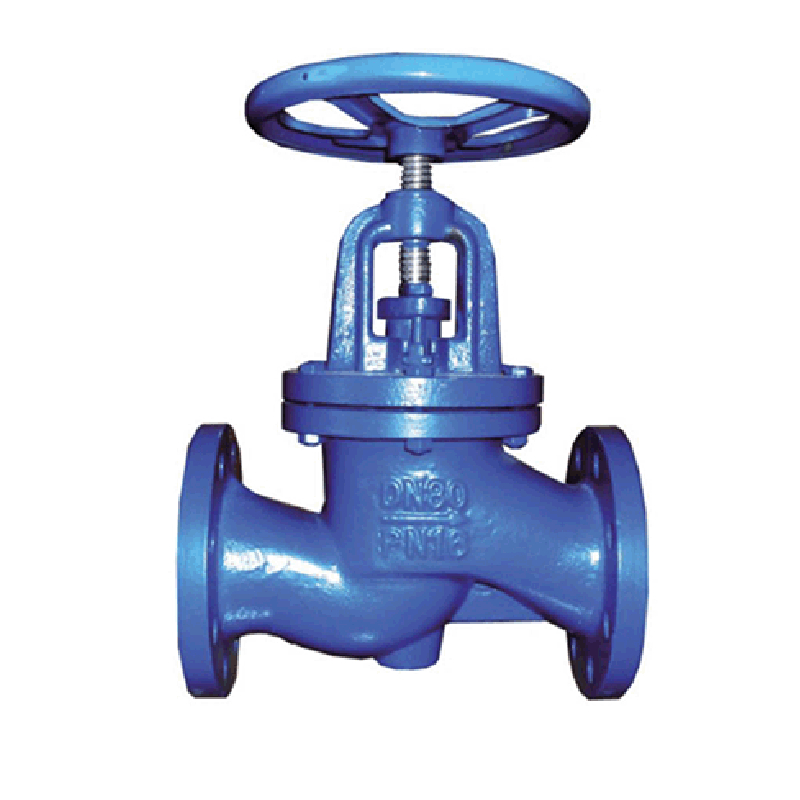ನವೆಂ . 29, 2024 13:25 Back to list
Understanding the Functionality and Applications of Knife Gate Valves in Industrial Settings
Understanding Knife Gate Valves Design, Function, and Applications
Knife gate valves are a fundamental component in various industrial applications, particularly in contexts where the efficient control of fluids and materials is required. Known for their simple design and effectiveness in handling slurries, abrasive materials, and even highly viscous fluids, these valves play a critical role across a myriad of industries, including wastewater treatment, pulp and paper manufacturing, mining, and even food processing. This article delves into the design, functionality, and applications of knife gate valves, highlighting their significance in modern industrial operations.
Design Features
The design of a knife gate valve is characterized by its unique blade-like gate. Unlike traditional gate valves with a round disk, the knife gate features a sharp, elongated blade that can cut through accumulated solids. This design allows for the effective sealing and control of flow, especially in environments with thick or sludgy materials. Typically, the body of a knife gate valve is made from robust materials such as carbon steel, stainless steel, or other alloys, ensuring durability and resistance to corrosion and wear.
One of the significant advantages of the knife gate valve is its compact design. These valves can be installed in tight spaces, making them ideal for numerous applications without requiring extensive modifications to existing piping systems. Additionally, the design often includes a self-draining feature, which helps prevent material build-up and facilitates effective cleaning and maintenance.
Functionality and Operation
The operation of a knife gate valve is straightforward. The gate is raised or lowered using a handwheel or automated actuator, controlling the flow of material. When the valve is fully open, the blade is completely retracted from the flow path, allowing for an unobstructed flow. Conversely, when the valve is closed, the blade descends, effectively sealing the flow path and preventing any leakage.
Additionally, knife gate valves can be designed with various operating mechanisms, including manual, pneumatic, and electric actuators. This flexibility in operation means that they can be tailored to fit the specific needs of an application, including remote operation in hazardous environments.
knife gate valve

Applications in Industry
Knife gate valves are found in many industries due to their versatility and effectiveness. In wastewater treatment plants, for instance, these valves are essential for controlling the flow of sludge and other materials. Their ability to cut through solids makes them particularly useful in preventing blockages and ensuring smooth operational flow.
In the pulp and paper industry, knife gate valves are employed to control the flow of pulp, which can be highly abrasive and viscous. Their design allows for robust operation in harsh conditions, contributing to reduced downtime and increased productivity.
Furthermore, in mining applications, knife gate valves are crucial in the transportation of mineral slurries. The ability to handle abrasive materials without significant wear is vital for the efficiency and longevity of these valves.
In the food processing sector, where cleanliness and hygiene are paramount, knife gate valves can be manufactured from materials that comply with food safety standards, allowing for the safe and efficient handling of various food products.
Conclusion
In summary, knife gate valves are indispensable components in modern industrial processes. Their effective design, robust construction, and versatility make them suitable for a wide range of applications, particularly in environments where traditional valves may falter. By understanding the design and functionality of knife gate valves, industries can better appreciate their critical role in maintaining operational efficiency and reliability. Whether managing wastewater, processing paper, or transporting slurries, knife gate valves remain a vital tool in the industrial landscape.
Share
-
Reliable Wafer Type Butterfly Valves for Every IndustryNewsJul.25,2025
-
Reliable Flow Control Begins with the Right Ball Check ValveNewsJul.25,2025
-
Precision Flow Control Starts with Quality ValvesNewsJul.25,2025
-
Industrial Flow Control ReliabilityNewsJul.25,2025
-
Engineered for Efficiency Gate Valves That Power Industrial PerformanceNewsJul.25,2025
-
Empowering Infrastructure Through Quality ManufacturingNewsJul.25,2025